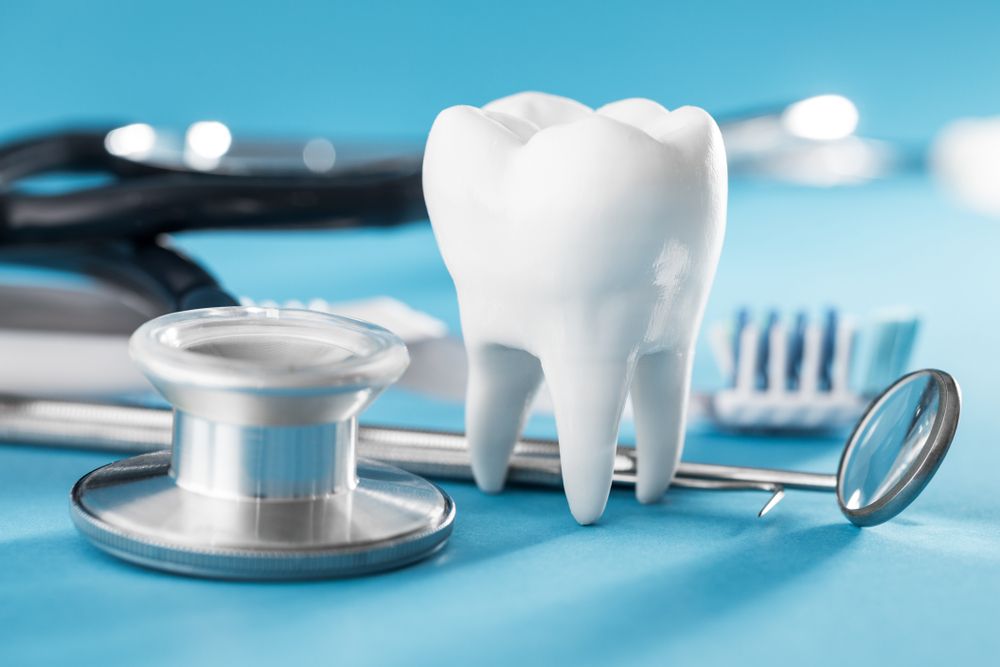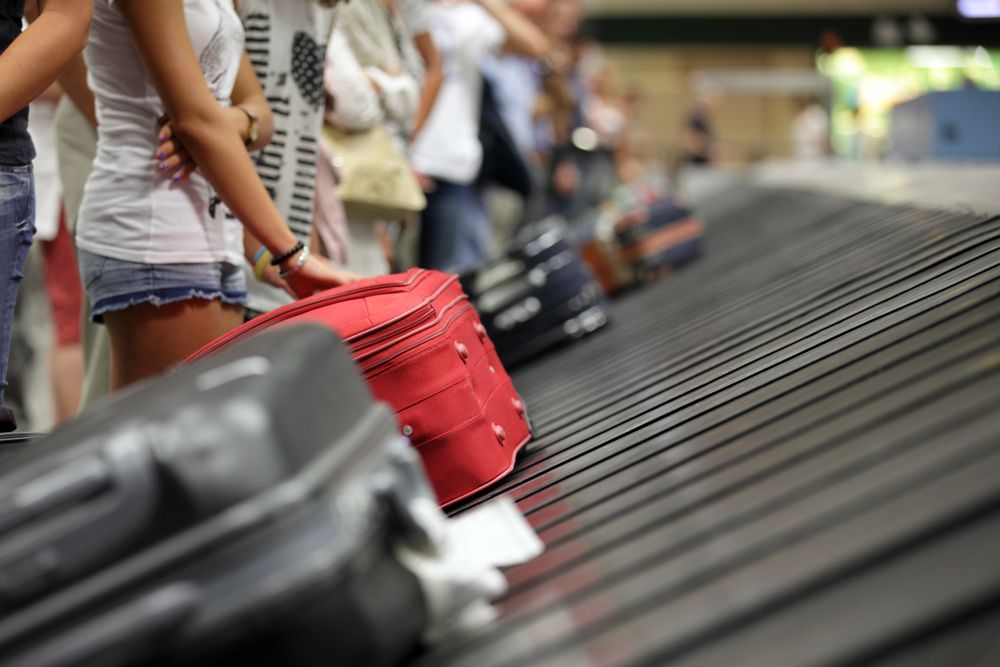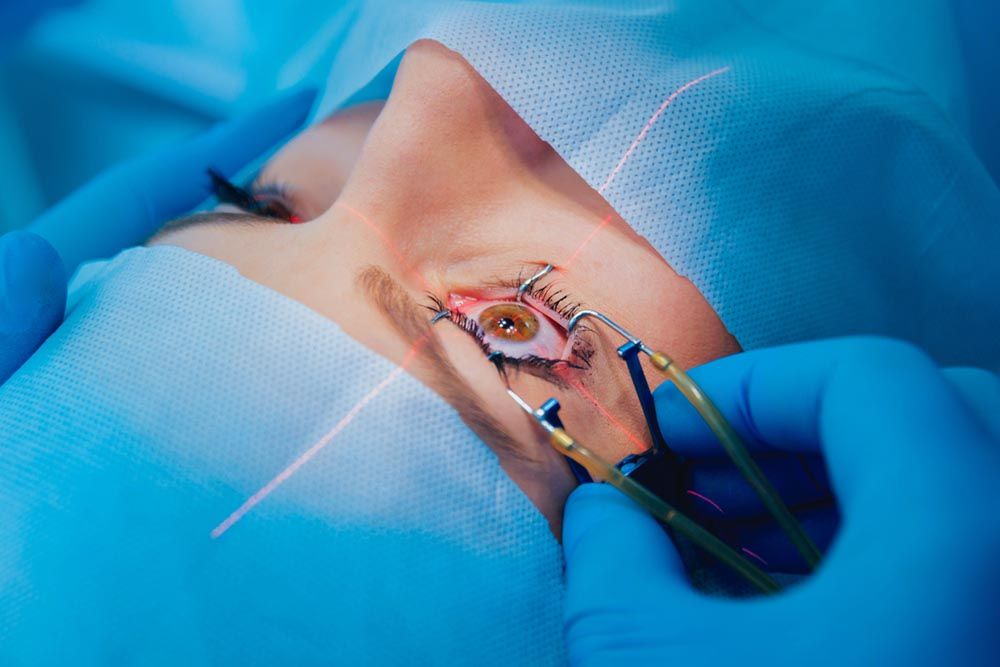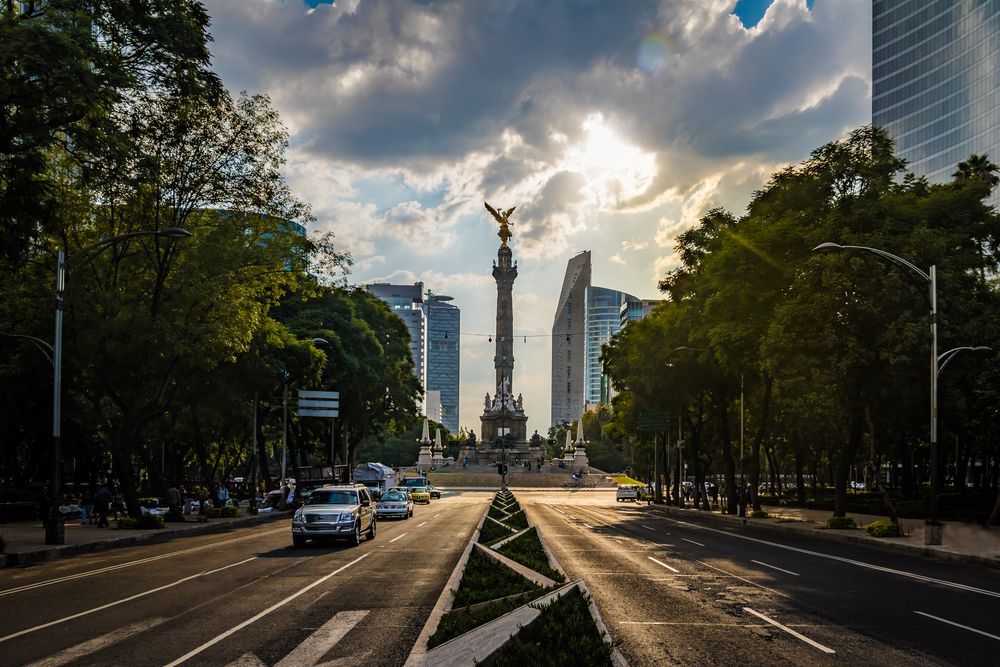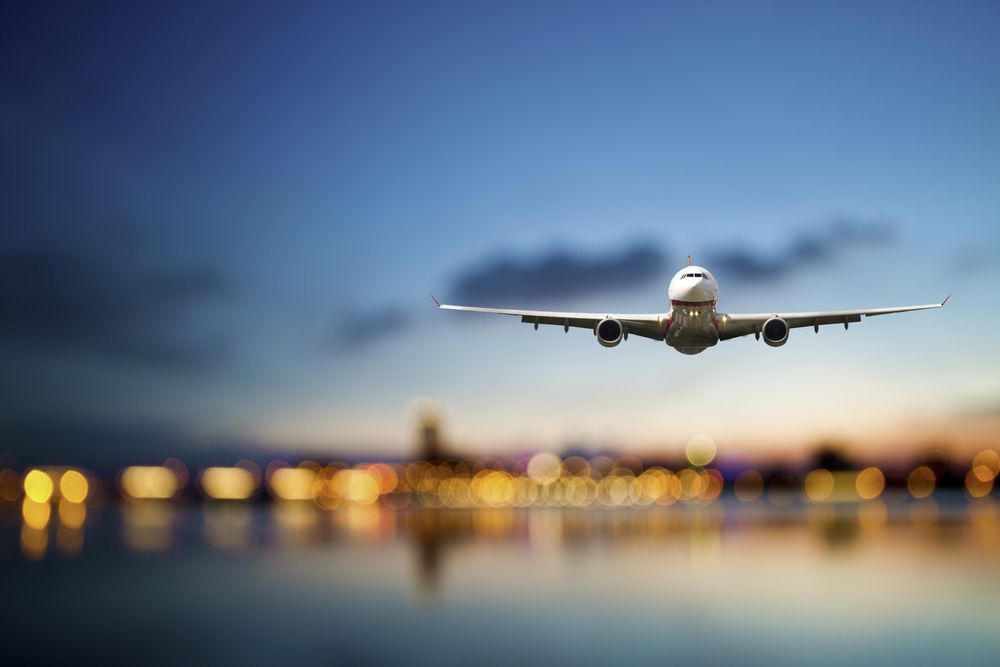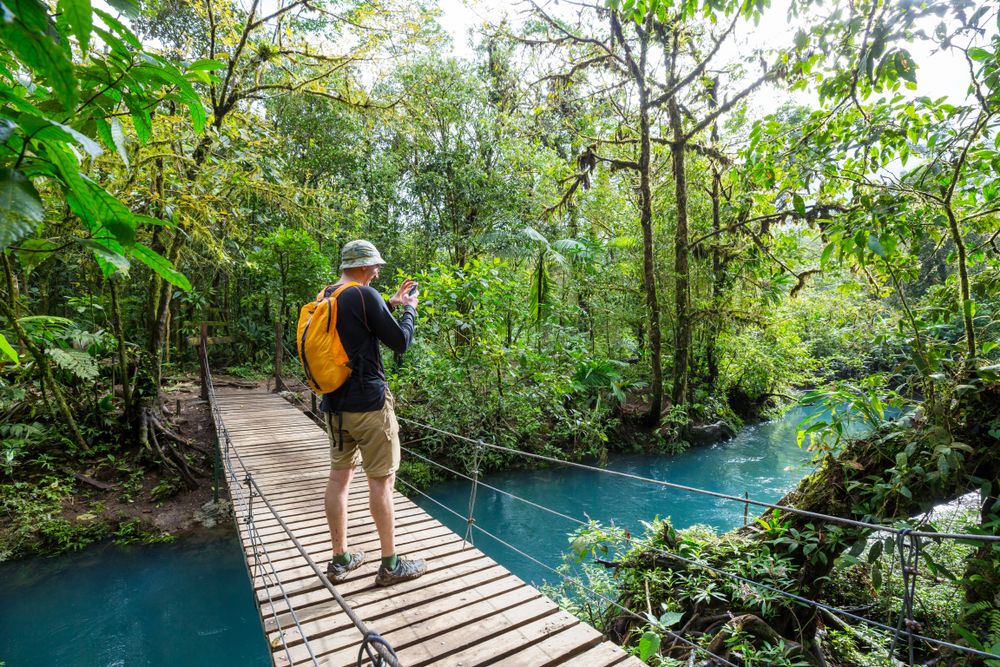Dental tourism is the practice of going abroad or to a different country to have dental work performed. (Learn More)
When looking at different comparisons, it is apparent that the savings can be substantial. (Learn More) There may be a chance your insurance company will cover some of the costs. (Learn More)
However, it is not just a simple as getting on a plane and going to a different country to have your dental work performed. (Learn More) Some of these procedures may be far less expensive because they are not the same procedures, or dentists do not have the same standards of care as they do in the U.S. (Learn More)
Consider the full picture of benefits and risks before deciding that dental tourism is right for you. (Learn More) Some of the organizations that promote dental tourism list facilities that apparently have good reputations. (Learn More)
What Is Dental Tourism?
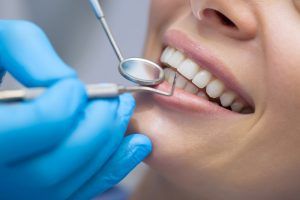
Dental tourism refers to the practice of leaving the United States (or your home country) and going to another country to get dental services performed.
While having your dental work performed in another country may be less expensive, it may not exactly be what you want, and there are some risks to consider.
How Much Money Can I Save?
The amount of money you may save will depend on the country you go to and what type of procedure you are having performed.
According to the website Dental Travel Services, a company that promotes dental tourism for people in the United States, large savings are possible. The following are comparisons on some general dental procedures available with dental tourism:
- The cost for five ceramic crowns in the United States is about $10,000. The cost in Asia or Mexico is around $2,250, leading to a potential savings of $7,500.
- The cost for a root canal in the United States is $1,000 to $3,000. The cost for the same procedure in Mexico or Asia is around $150, leading to a potential savings of $850 or more.
- The cost of a root canal and one crown in the United States is around $3,000. The cost in Asia or Mexico is around $450, saving you around $2,250.
- The cost for six capital E4 D veneers in the United States ranges between $900 and $1,500 each. The cost for six veneers in Asia or Mexico is around $1,800, saving you about $7,200.
Will My Insurance Pay for It?
Insurance companies are very interested in saving money. As a result, American insurance companies are beginning to add international treatment options to their dental plans.
If you have this option or you can get it, your insurance company will attempt to contact providers in different countries to determine the potential quality of their services. You can discuss this issue with your insurance provider to see if you have the option.
What Factors Should I Consider Before I Go?
The prospect of dental tourism is a lot more complicated than quickly finding someone abroad who will do your dental work for less than you can get it done in the United States.
Before you embark on any type of dental tourist endeavor, consider these questions:
- Who is the dentist doing the work?
- Where was the dentist trained?
- What are the standards of care in the country I am going to? What are the standards of care for the doctor I am going to see?
- Does the dentist have any American certifications or belong to any American dental organizations?
- Can I communicate with the dentist? Language barriers can ruin an otherwise good experience.
- What types of materials, especially metals, are being used?
- Does the dentist use safe water?
- Does the country have a nationalized dental program (one that is funded and run by the government)?
- What is the protocol if something goes wrong?
- Can your dentist in the United States complete the work or maintain it?
At a minimum, get these questions answered before committing to the work.
Reasons Behind Cheaper Prices
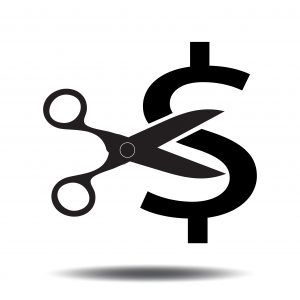
Not surprisingly, when many American dentists are asked about dental tourism, their response is negative. Aside from the fact that they are potentially losing business to dentists in other countries, they do have other valid concerns regarding the quality of the work performed abroad.
If you go online and begin to look at different prices for procedures in other countries, keep in mind that some of these may be extremely inexpensive because they are totally different procedures. They may use different materials, and they may have other quality issues. Ultimately, they may not be what you expect based on the dental work performed in this country.
The standard of care in a medical profession is determined by what would be practiced by a reasonably conscientious professional in that particular line of work. Standards of care can vary from country to country and from dentist to dentist.
Make sure you find a dentist that provides work that is at least equal to the standard of care you are used to in the United States. Do not take it for granted that a foreign dentist will treat you the same way with the same consideration that you are used to in America.
When Dental Tourism Might Not Be for You
Aside from possibly getting poorer quality work from a non-American dentist, there are several other important things to consider before you jump on a plane and go on your dental tourism trip.
- If you have asthma, ensure that your dentist knows your medical history. You must understand the type of sedation/anesthetic they use, so you do not develop complications following your procedure.
- If you have kidney failure, heart disease, organ transplants, or even joint implants, you may require antibiotics to prevent infections that can occur as a result of dental treatment. Make sure your dentist understands this.
- Budget for a return trip in case something goes wrong. Moreover, discuss the situation with your home dentist before you leave. This can help you determine if your own dentist can address any issues that you might have when you get home.
- Although you can look at testimonials and patient referrals, remember that these can be falsified. Thoroughly investigate any clinic and dentist you are considering.
Some Suggestions
Dental tourism is flowering into a profitable venture for foreign dentists. There are numerous recommendations online promoting facilities that claim to offer quality dental treatment at a drastically reduced price.
The editors of the website Patients Beyond Borders, an organization that promotes medical tourism and dental tourism, have listed dental facilities outside the United States that appear to have good reputations. You may wish to start with these.
The list below reflects a small group of facilities that are supposedly known for exceptional work in this specialty. Based on their listings, it appears that the top countries for dental tourism are Mexico, Costa Rica, and Thailand.
- Mexico: Dentaris; Just Smiles
- Costa Rica: Prisma Dental Clinic; Meza Dental Care Clinic
- Thailand: Bangkok International Dental Center
Dental tourism is not limited to these countries. You might also consider looking at potential dental providers in Canada as well as those in other countries.
References
What Is Dental Tourism? (2019). Colgate.
Dental Cost Comparisons. (2019). Dental Travel Services.
Is It Safe to Get Dental Work Done Outside the United States? (January 2019. Ask the Dentist.
Medical Definition of the Standard of Care . (December 2018). Medicine Net.
Patients Beyond Borders. (2011). Patients Beyond Borders.

